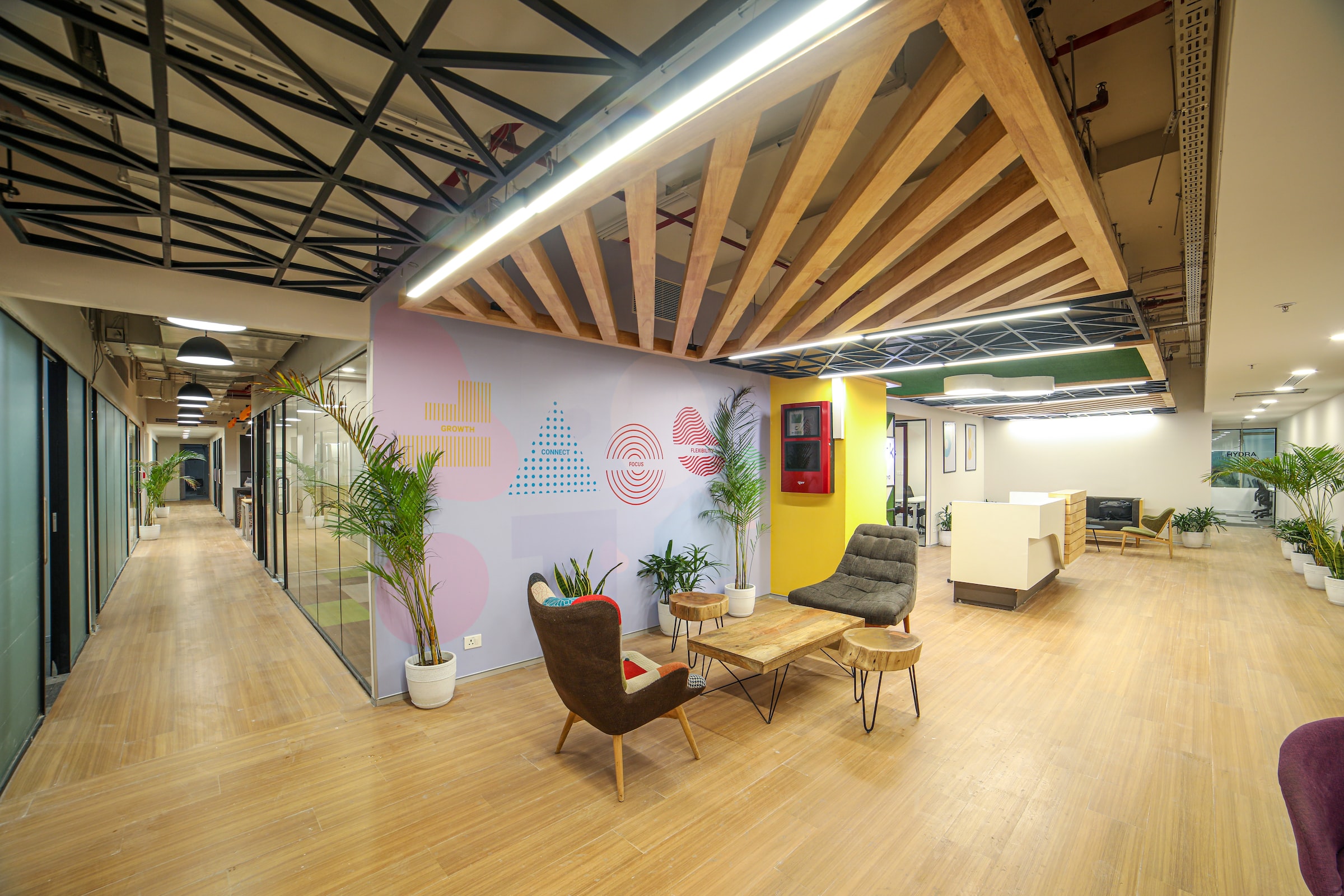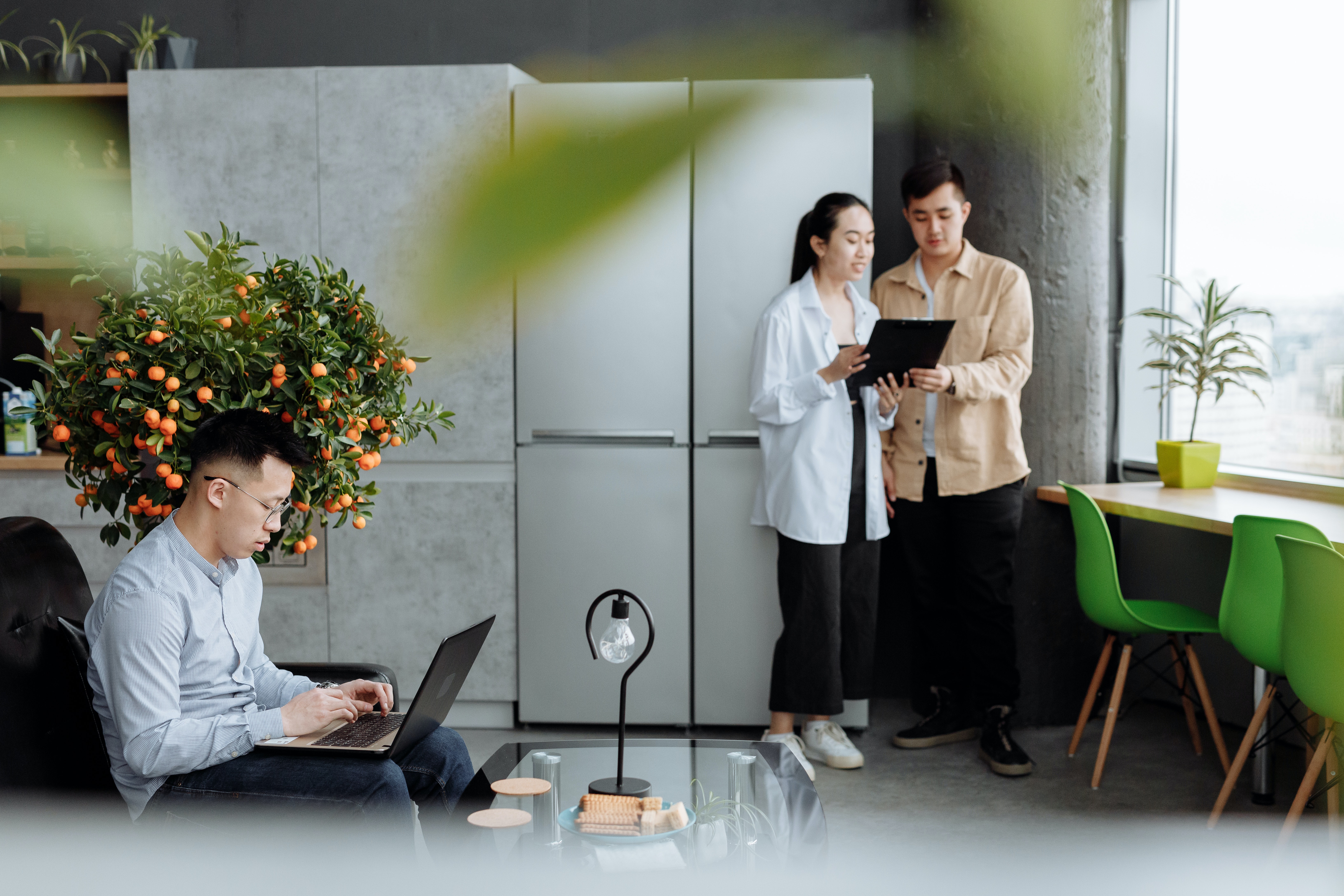The office of the future will be a dynamic place, and workplace design will have to reflect that. Companies will need to pay closer attention to the needs of their workforce and be open to changes. In this episode, your host Sabine Ehm chats with Jose Luis Sanchez Concha Ibarra about various factors that form design decisions in corporate real estate.
Our workplace design strategy guest
Jose Luis Sanchez Concha Ibarra is the Director of Design Strategy at Gensler. The self-proclaimed problem solver and troublemaker is based in Costa Rica and is responsible for all of Latin America.
Jose initially studied architecture in Peru and then moved to Spain to pursue a master’s in real estate. He soon realized that design wasn’t his passion, and began dipping his toes in various fields within real estate. When he came across workplace strategy, it was “love at first sight”. He soon started working for Nokia’s India and EMEA regions, where he had the opportunity to learn about how different cultures work and their workplace biases.
After being recruited by Gensler and moving back to Peru, Jose has continued to take strides in the corporate real estate industry. The following clips give insight into how Jose makes informed decisions and his predictions for the workplace of the future.
Client-centric workplace strategy in corporate real estate
“My first and most important [stakeholder to collaborate with] is the client. I typically engage in the earlier conversations just to understand where the pain points are.” – Jose Luis Sanchez Concha Ibarra
In any project, including workplace design, a client discovery session is the most important step when getting started. Jose stresses how crucial it is to have a complete understanding of what is driving the client to make changes to their office spaces. Be it renovations, efficiency, picking up trends, or changing locations, there can be many reasons behind the movement in CRE.
His second go-to consultation is with his internal design team. Using their deep knowledge of CRE strategy, they are able to “perform magic”. Jose says resistance in middle management is their #1 challenge, so providing strong explanations for design decisions is necessary. Engaging with this team allows him to produce just that.
Obstacles on the way to the workplace of the future
“My favorite part of what I do is when people click with an idea. When they recognize that there is a trade-off: I’m going to lose some privilege in terms of space, but I’m going to gain better technology, more meeting spaces, a better space for my team, better interaction, some flexibility to work remotely… ” – Jose Luis Sanchez Concha Ibarra
Changing the way people work is hard, and as said before, pushback from middle management is often the biggest hurdle. Jose explains that we all have an internalized idea of what being successful in a company looks like: moving to a bigger desk, closer to the boss, eventually getting an office, etc. Changing this mindset can be extremely difficult.
“It only takes [one] visionary leader to make changes, but there are a lot of layers in an organization, and you need to navigate them.” Every employee must be open to change to be able to reap the benefits of implementing a new strategy and modern workplace design. Jose and his team refuse to call it “change management”, but instead call it “positive change experience”. “We design experiences for them to feel better about work,” Jose suggests that from his experience, 95% of the workforce would not want to revert to old configurations and practices afterward.
The pandemic and the future of work
“If you really want your workplace to be alive, you need to make sure that people want to come. Beyond the fact that there will be scheduled meetings and team agreements of which days they will meet and all of that, you want to go the extra mile and think of the design of your space and the services you provide, and the technology that is there as a reason to be a magnet for people and make people come. ” – Jose Luis Sanchez Concha Ibarra
The pandemic has created a situation most CRE managers have only dreamed of. Having a distributed workforce is a configuration most companies would not have previously attempted. And, now that employees know what it’s like to work at home, they may want to stay there. This means that if companies want a populated office, they will need to create a reason for employees to be there.
“This means that all the experiences in the office need to be very curated”, and it goes beyond workplace design. Operations and management will need to facilitate in-office interactions and spaces for collaboration. The space will need to be flexible and enduring.
“We need to rethink the purpose of the office. If we are looking at the workplace as containers for people, or think of offices in terms of capacity, clearly we need to change that. I think the purpose is going to be: get us together to do great things.” – Jose Luis Sanchez Concha Ibarra
“The situation now, where we are forced to work remotely, has actually been some kind of ‘introverts revenge.” Because people who suffered in the workplace being social all the time got a break from that. ” – Sabine Ehm
In this clip, Sabine refers to a conversation she heard about the individual experiences of working in an office. Introverted employees were previously forced to speak up to be seen, and were constantly interrupted in their workflow. Now, since the pandemic, we can see that the idea of what ‘good work’ is doesn’t always look the same.
Yet, Jose believes that human interaction cannot be fully replaced by the virtual world. In-person socializing is a must when building a strong team. The difference is that now the employee will be able to choose the amount of socializing that takes place, and how often they go into the office to spend time with coworkers.
Conclusion for CRE workplace design
The idea of what an office is has changed significantly over the past few years. When making changes, understanding the client and their requirements will help to create a successful, positive experience in the workplace of the future. Moreover, employees are now used to working remotely and may continue to do so. This means that if companies want their workforce to show up in-office, they will have to create a reason for them to do so. Each individual is different, so operations and management will need to facilitate these experiences.
Listen to this (episode No. 10) and other podcast episodes.
Want the right data to understand your employees’ needs and create the ideal office environment?

 7’
7’




